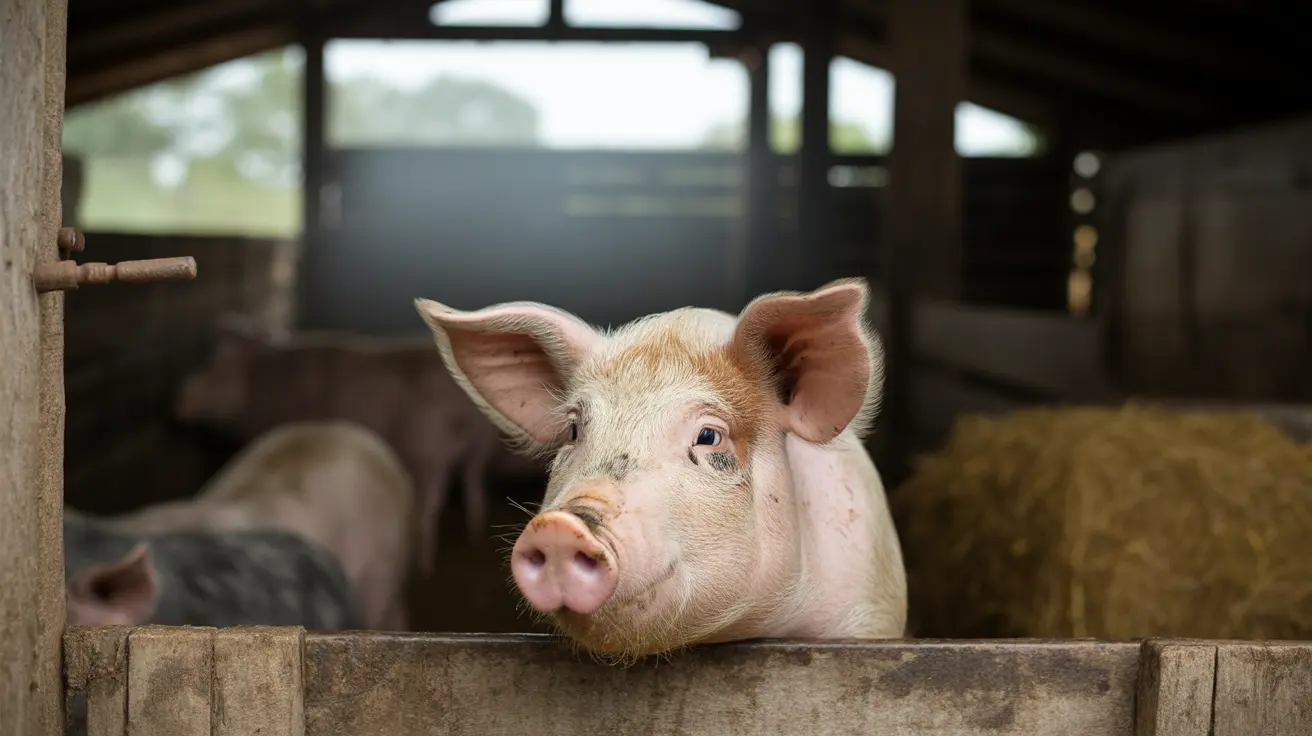Cat gum disease is a serious dental condition affecting the majority of cats over three years old. From mild gingivitis to severe periodontitis, this progressive disease can significantly impact your feline friend's quality of life and overall health. Understanding the signs, causes, and treatment options is crucial for every cat owner.
In this comprehensive guide, we'll explore everything you need to know about cat gum disease, including prevention strategies, treatment options, and when to seek veterinary care.
Understanding the Stages of Feline Gum Disease
Gum disease in cats typically progresses through distinct stages, each requiring different approaches to treatment:
Early Stage: Gingivitis
The initial stage presents as inflammation and redness along the gum line. At this point, the condition is reversible with proper treatment and care. Signs include slight bleeding during brushing and mild bad breath.
Advanced Stage: Periodontitis
Without intervention, gingivitis can progress to periodontitis, causing irreversible damage to supporting tooth structures. This stage involves bone loss, gum recession, and potential tooth mobility.
Recognizing the Warning Signs
Early detection is crucial for successful treatment. Watch for these common symptoms:
- Red, swollen, or bleeding gums
- Persistent bad breath
- Difficulty eating or dropping food
- Pawing at the mouth
- Drooling more than usual
- Visible tartar buildup on teeth
- Changes in grooming habits
Risk Factors and Prevention
Several factors can increase your cat's likelihood of developing gum disease:
- Poor dental hygiene
- Age (older cats are more susceptible)
- Diet type (primarily soft food)
- Genetic predisposition
- Underlying health conditions
Preventive Measures
Implementing these preventive strategies can significantly reduce the risk of gum disease:
- Regular tooth brushing with cat-specific products
- Dental-friendly dry food and treats
- Professional dental cleanings
- Annual veterinary check-ups
Treatment Approaches
Treatment varies depending on the disease stage and severity:
- Professional dental cleaning under anesthesia
- Antibiotics for bacterial infections
- Anti-inflammatory medications
- Tooth extractions when necessary
- Regular maintenance care
Impact on Overall Health
Untreated gum disease can lead to serious health complications beyond the mouth. Bacteria can enter the bloodstream, potentially affecting vital organs like the heart, liver, and kidneys. This makes prompt treatment essential for your cat's overall well-being.
Frequently Asked Questions
What are the early signs of gum disease in cats that owners should watch for?
Early signs include red or swollen gums, bad breath, reluctance to eat hard food, and bleeding when brushing teeth or playing with toys. Any changes in eating habits or excessive drooling should prompt a veterinary visit.
How is feline gum disease diagnosed and what veterinary procedures are involved?
Diagnosis involves a thorough oral examination, dental probing, and dental X-rays under anesthesia to assess the extent of disease below the gum line and evaluate bone loss.
What treatment options are available for cats with gingivitis or periodontitis?
Treatment options range from professional dental cleaning and polishing to antibiotics, anti-inflammatory medications, and in severe cases, tooth extractions. The specific treatment plan depends on the disease stage and severity.
How can I prevent gum disease in my cat through home care and diet?
Prevention includes regular tooth brushing with cat-specific toothpaste, feeding dental-friendly dry food, using approved dental treats, and maintaining regular veterinary dental check-ups.
Can untreated gum disease in cats affect their overall health and lead to other illnesses?
Yes, untreated gum disease can lead to systemic health issues. Bacteria from infected gums can enter the bloodstream and affect vital organs, potentially causing heart, kidney, and liver problems.
Conclusion
Cat gum disease is a serious but manageable condition when caught early and treated appropriately. Regular dental care, both at home and through professional cleanings, is essential for preventing and managing this common feline health issue. If you notice any signs of gum disease in your cat, consult your veterinarian promptly for proper diagnosis and treatment.






